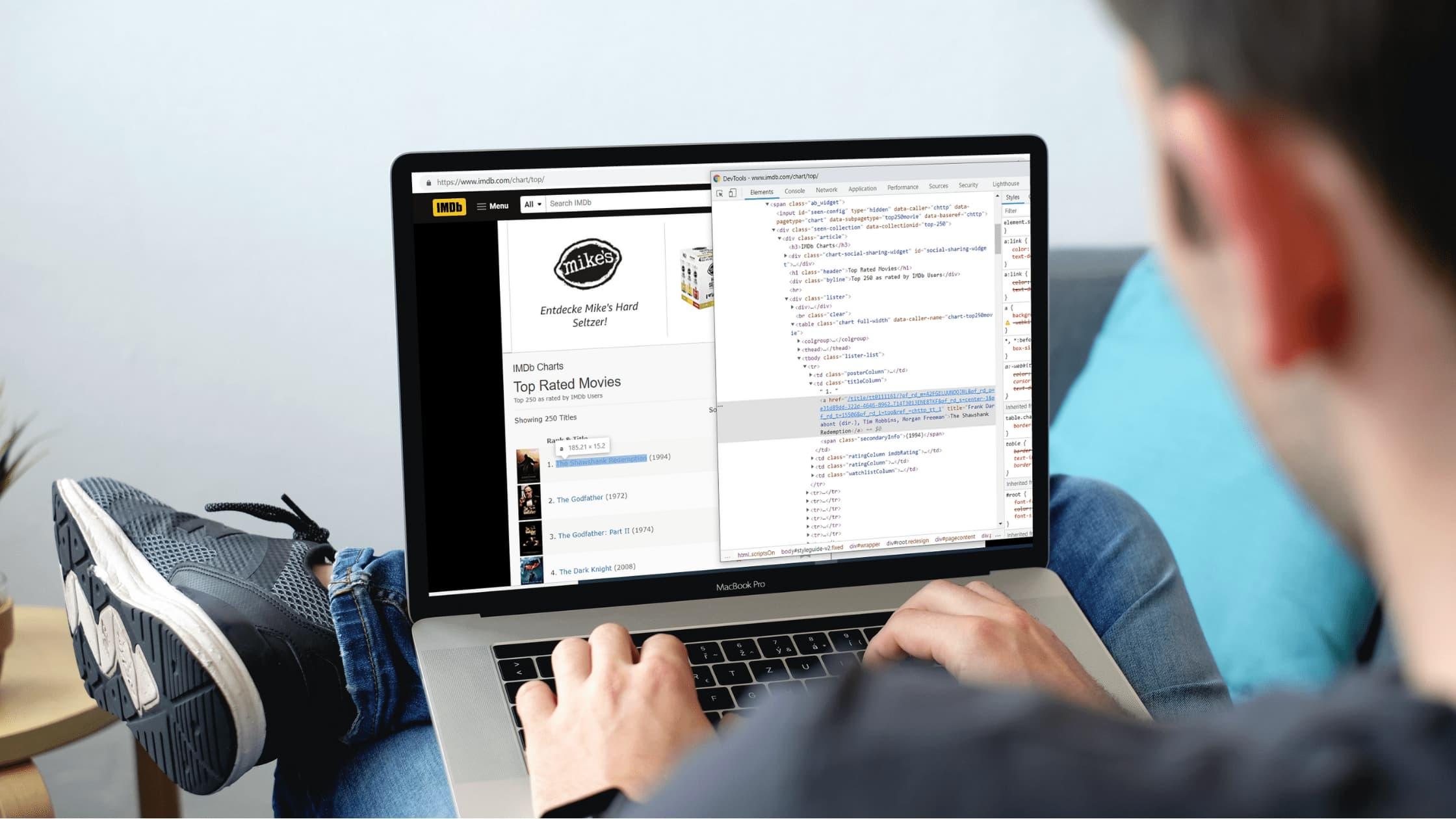The amount of data available on the internet is growing exponentially every day. Websites big and small publish troves of valuable information that can power all kinds of innovative applications if harnessed effectively. However, manually collecting and organizing large datasets from multiple websites is an inefficient and time-consuming process. This is where web scraping services come in.
What are Web Scraping Services?
A web scraping service uses automated scripts and programs to extract large amounts of structured data from websites. With web scraping, companies can automate the process of collecting marketing leads, product information, pricing details, reviews and more from competitor websites or industry portals. These services allow businesses to focus on analysis instead of manual data entry.
Types of Web Scraping Services
There are different categories of web scraping services based on the type of data extracted and purpose of scraping:
Simple web scraping - This involves extracting basic elements like text, images, links from a webpage. Simple scrapers are used to pull headlines, article summaries, product descriptions etc.
Deep web scraping - Advanced scrapers are required to penetrate deep into dynamic websites that use JavaScript, Asynchronous JavaScript and XML (AJAX) to load content. Deep scrapers can retrieve data from pages rendered by JavaScript.
Big data scraping - High-capacity scrapers are needed to extract massive datasets from thousands of pages across multiple domains on a daily/weekly basis. Big data scrapers are essential for competitive intelligence, market research and audit purposes.
Review scraping - Review websites hold a gold mine of customer feedback and ratings. Review scrapers specifically focus on parsing reviews, ratings, comments and metadata like price, location etc. from sites like TripAdvisor, Amazon, Google, Facebook etc.
E-commerce scraping - E-commerce sites display detailed product catalogs and pricing data. E-commerce scrapers are customized to scrape individual product pages, specifications tables, review snippets, stock statuses and price history over time from major online retailers.
How Web Scraping Services Work
Most Web Scraping Services follow these basic steps:
1. Project planning and requirements gathering: Discuss objectives, scope, frequency of scraping with the client. Decide what data needs to be extracted and from which websites.
2. Develop scraping bot: Programmers build a customizable scraping bot (spider) using languages like Python. The bot understands website structure through DOM parsing.
3. Scraping execution: The bot is deployed to automatically visit landing pages, follow internal links and systematically scrape targeted elements using XPath selectors.
4. Data processing: Extracted data undergoes cleaning, consolidation and formatting as per client needs. Parsing filters remove redundant content.
5. Data delivery: Clean structured datasets are delivered through APIs, files or a dashboard/portal for the client to access, analyze and integrate with their systems.

